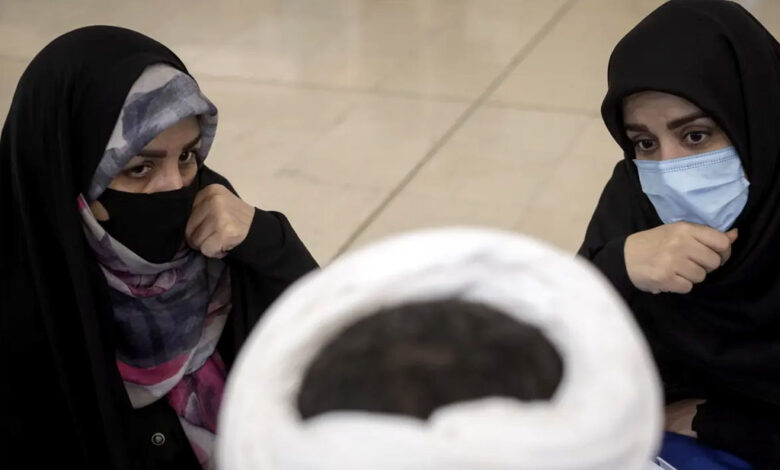Iranian authorities adopt new measures to enforce Hijab laws: Identification, interdiction, and instruction

In the wake of Mahsa Amini’s death in September 2020, many Iranian women have been protesting against the country’s compulsory dress code by taking to the streets and removing their headscarves in public. To address the growing defiance, Iranian authorities have opted to install cameras in public spaces to identify and penalize women who don’t adhere to the dress code. The police have stated that violators will receive warning text messages about the consequences of their actions, with the aim of preventing resistance against the hijab law.
Since its implementation after the 1979 Islamic Revolution, Iranian law has required women and girls as young as seven to wear the hijab, which has put approximately 40 million individuals under constant surveillance. The police have also encouraged citizens to confront unveiled women and have instructed business owners to monitor societal norms closely with “diligent inspections.” The veil is considered “one of the civilizational foundations of the Iranian nation” and “one of the practical principles of the Islamic Republic,” according to an Interior Ministry statement released on March 30.
Despite the high arrest rate, many Iranian women continue to go without head coverings in malls, restaurants, shops, and on the streets throughout the country.




